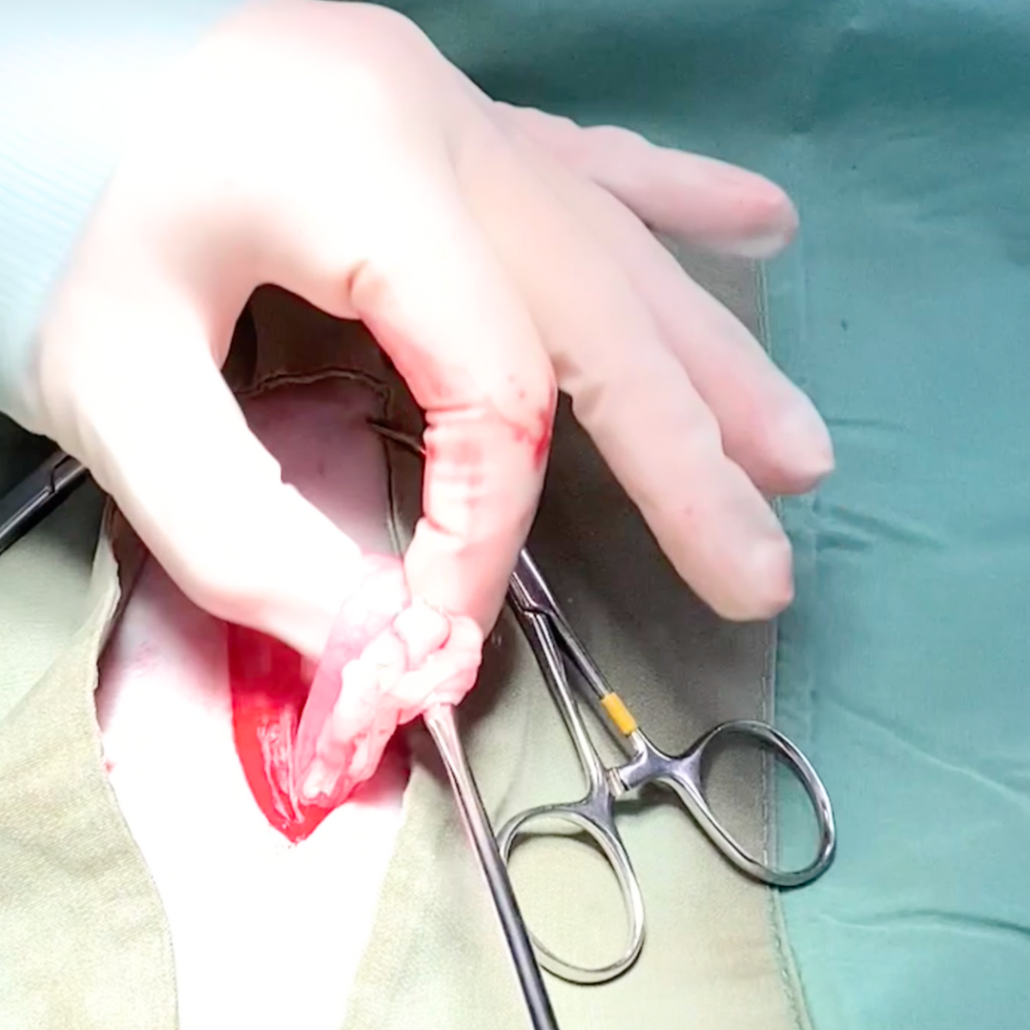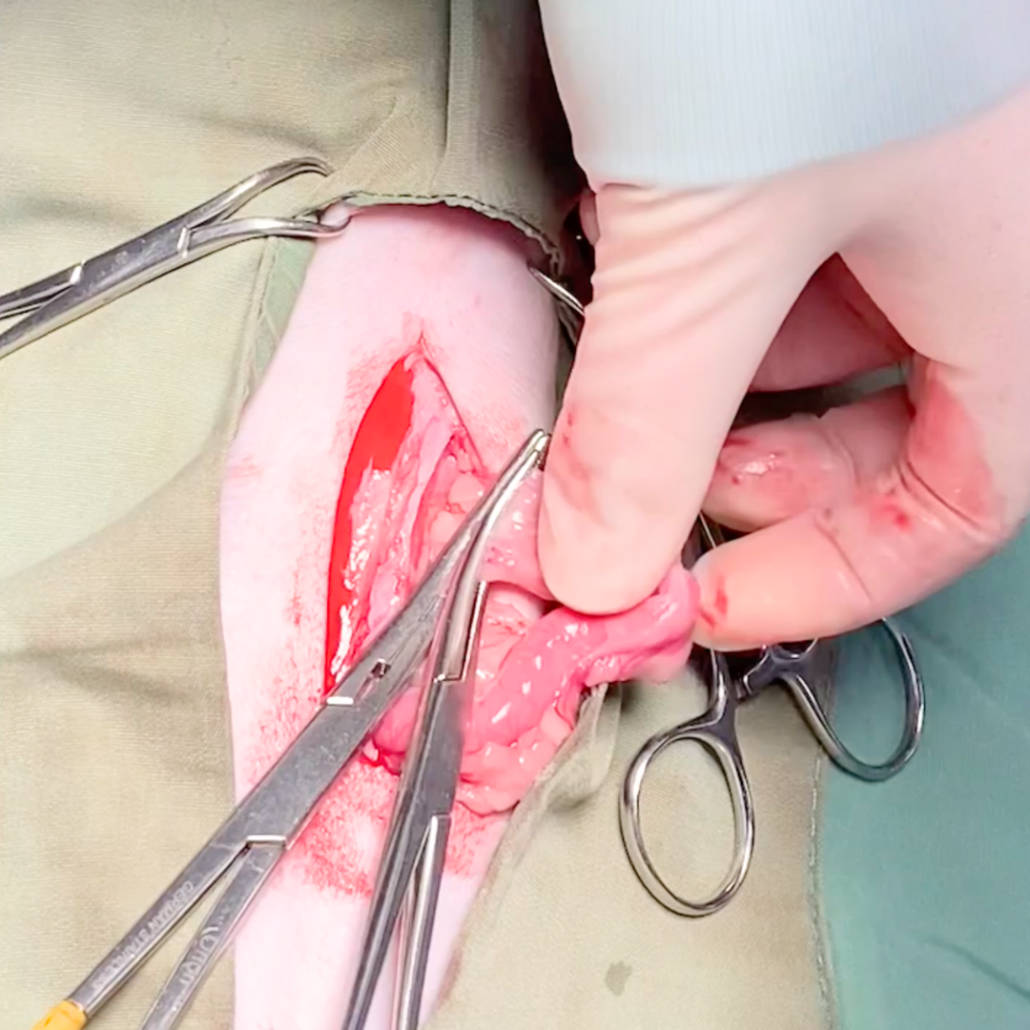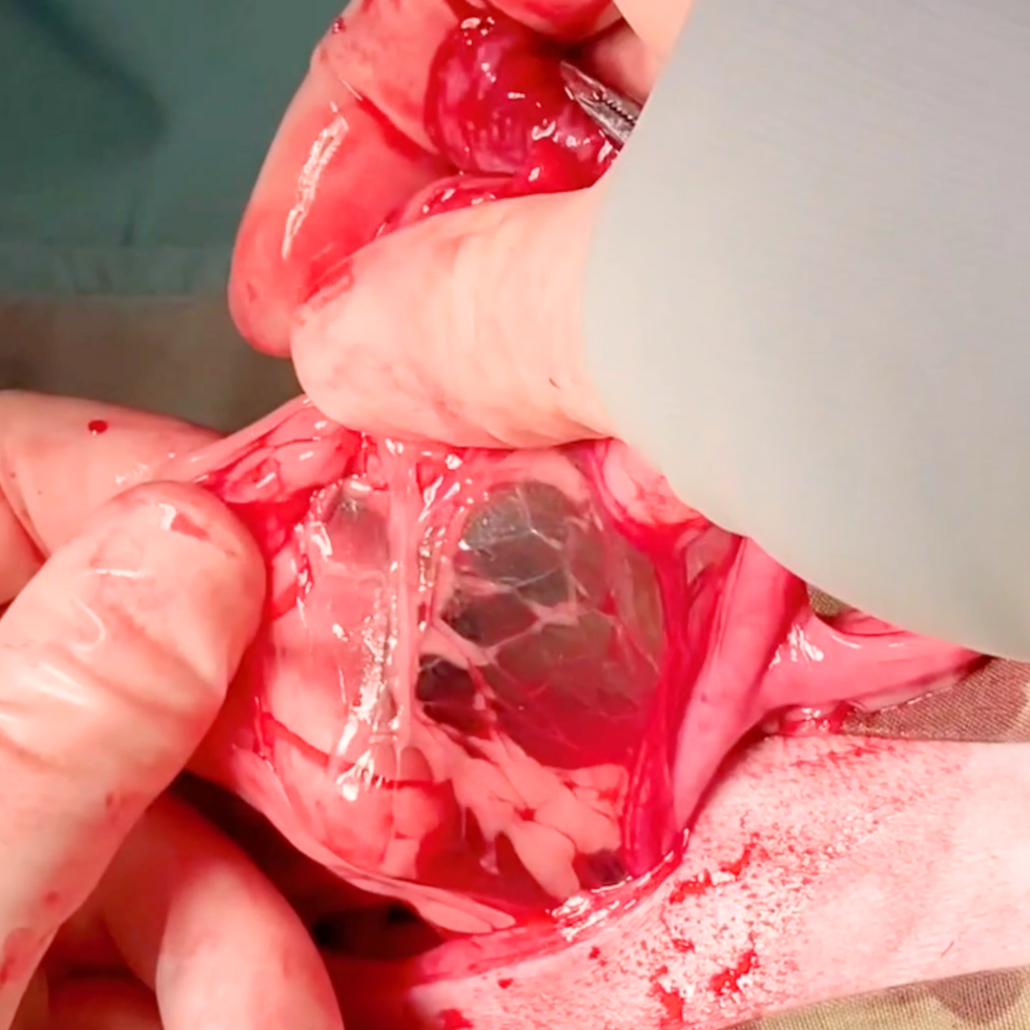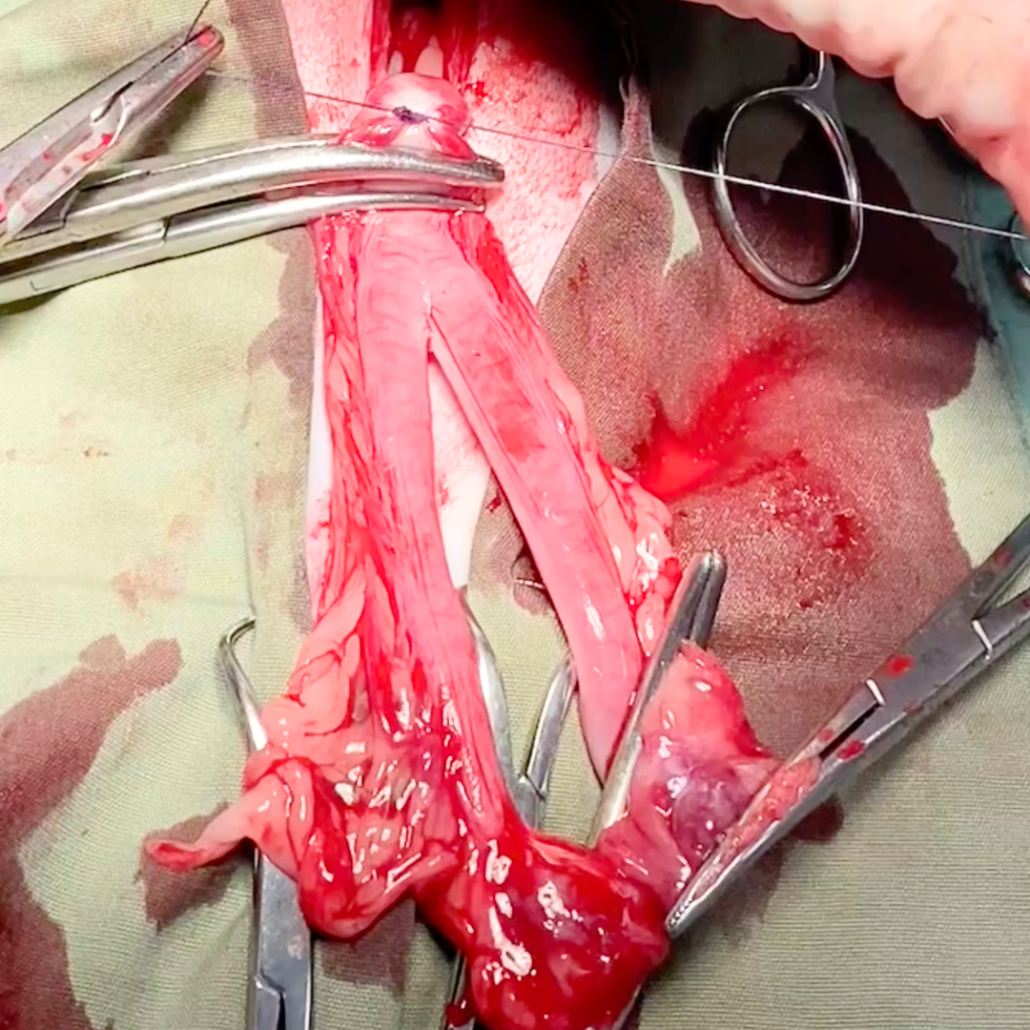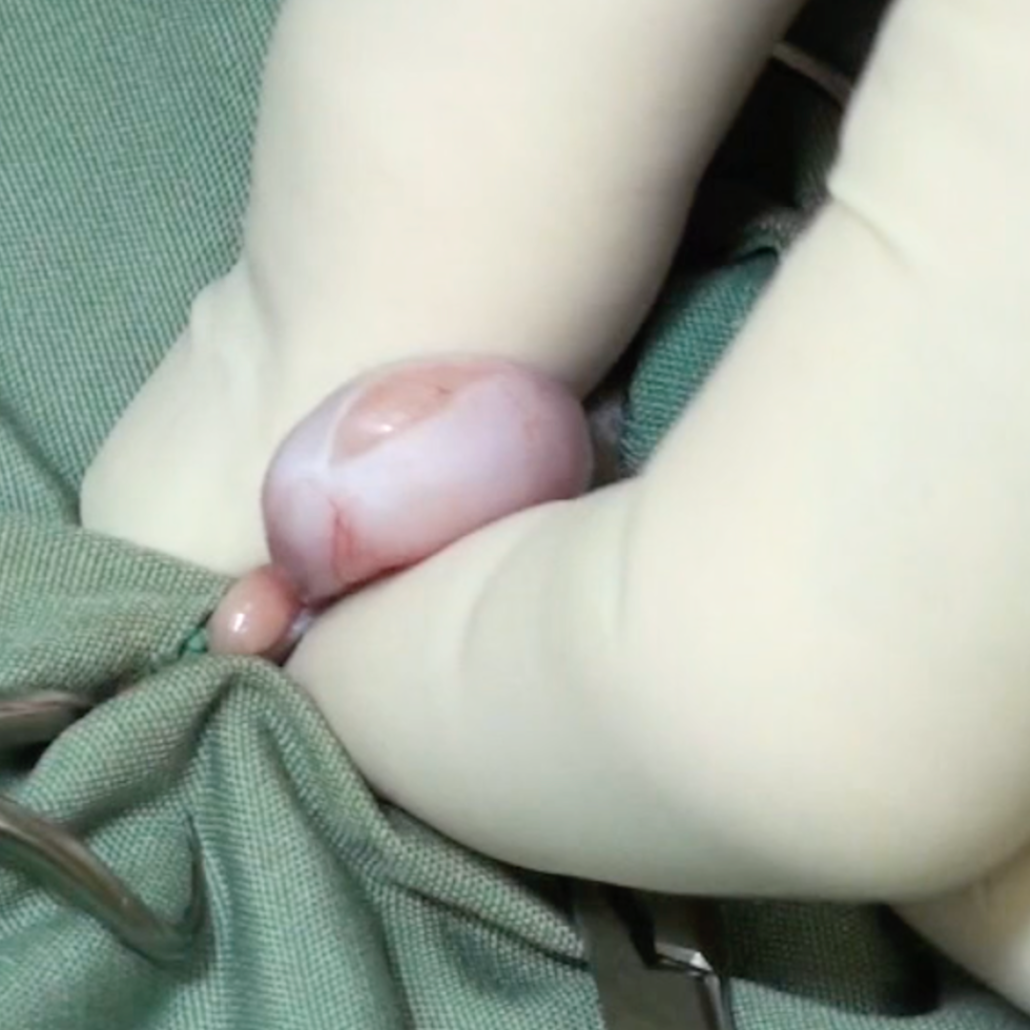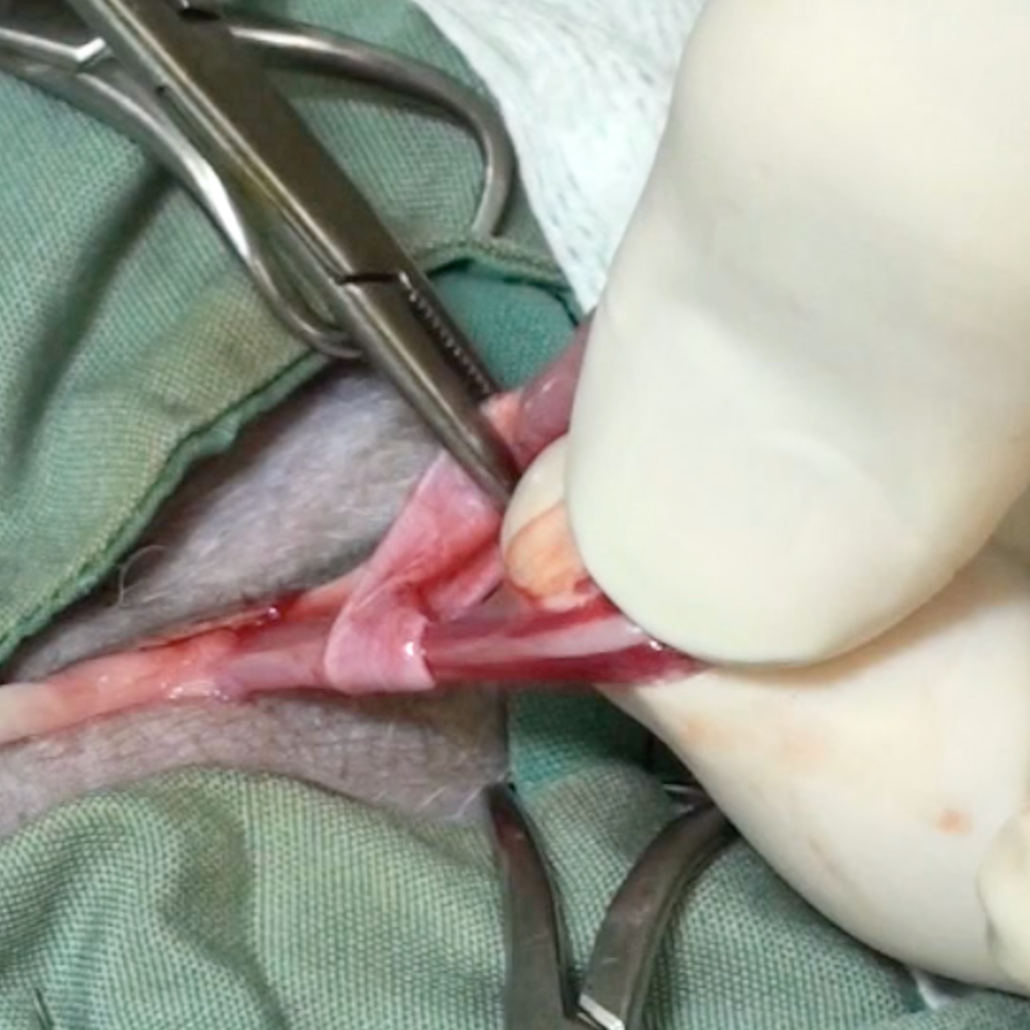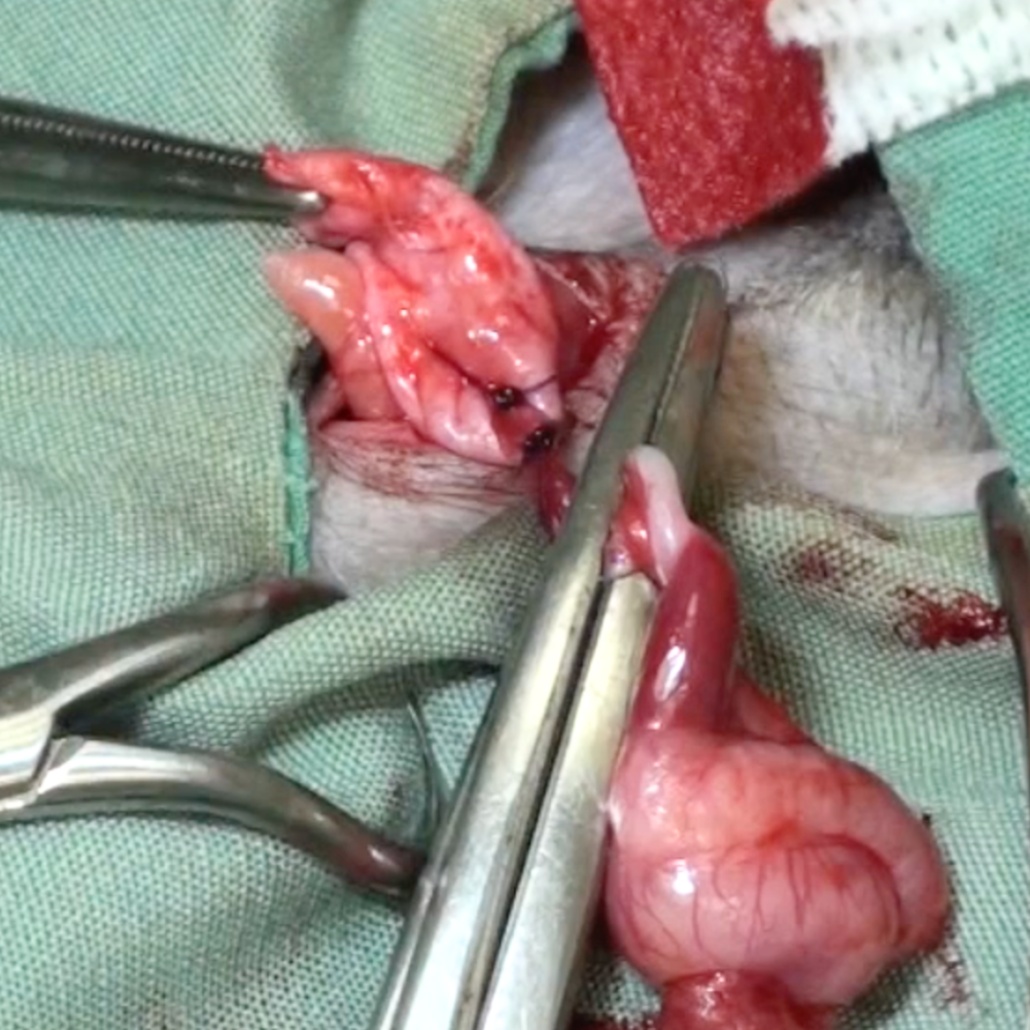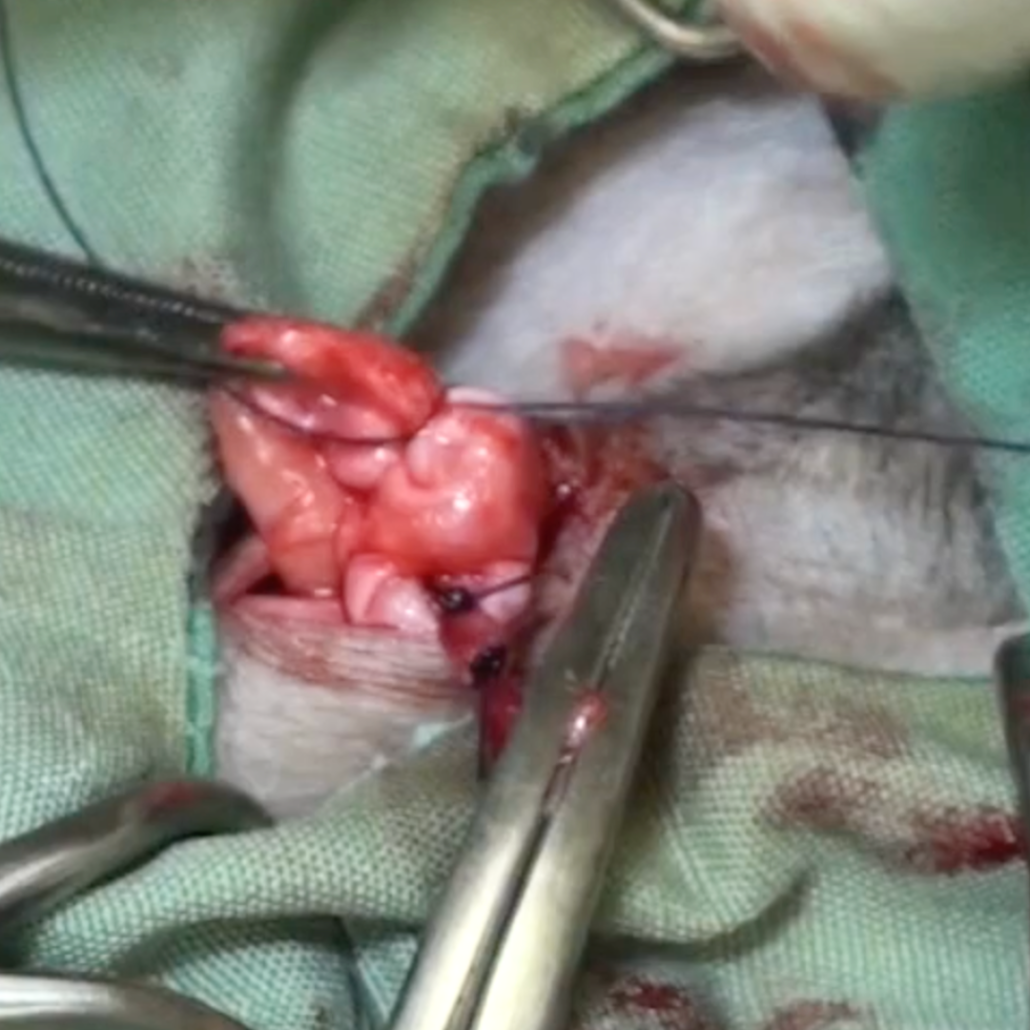Workshop Content
Part 1: The Spay (2 hours)
The Spay Surgery
You don't currently have access to this content
Dropped pedicle
You don't currently have access to this content
Avoiding the ureters
You don't currently have access to this content
Ovarian Remnant Syndrome
You don't currently have access to this content
Best Practices for the spay surgery
You don't currently have access to this content
4 corner drapes
You don't currently have access to this content
Part 2: The spay and neuter: why, when and how (1.5 hours)
Revisiting Spay/Neuter: What the Literature Really Says
You don't currently have access to this content
PDF – References for literature review
You don't currently have access to this content
Ovariohysterectomy in a 10kg dog
You don't currently have access to this content
Ovariohysterectomy on a patient with pyometra
You don't currently have access to this content
Ovariohysterectomy on a mature dog with an umbilical hernia
You don't currently have access to this content
Part 3: The Neuter (1.5 hours)
Neutering Dogs and Cats
You don't currently have access to this content
Prep for prescrotal neuter
You don't currently have access to this content
Prescrotal neuter 1
You don't currently have access to this content
Prescrotal neuter 2
You don't currently have access to this content
What you need to know about the Cryptorchid patient
You don't currently have access to this content
The Cryptorchid Patient: I Can’t Palpate the Testicle
You don't currently have access to this content
Finding the Abdominal or Inguinal Testicle
You don't currently have access to this content

